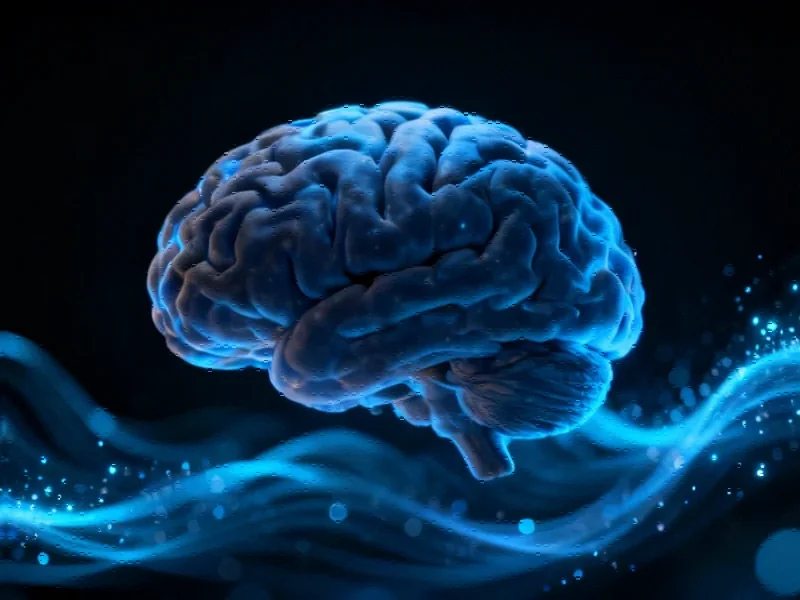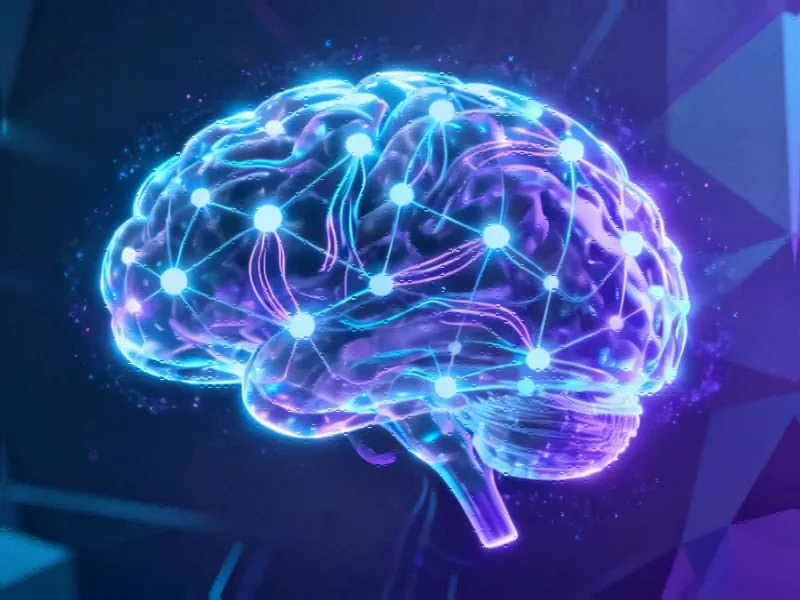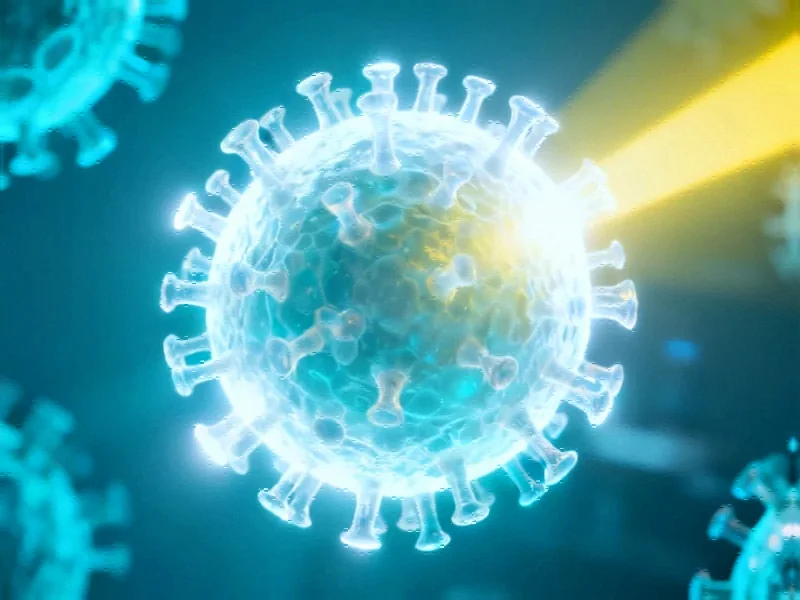Brain Disconnection Triggers Persistent Sleep-State Activity
Groundbreaking research reveals that surgically disconnected brain regions enter a persistent sleep-like state characterized by slow delta waves, even while patients remain fully conscious. This discovery, published in PLoS Biology, provides crucial insights into the neural signatures of consciousness and unconsciousness while challenging previous assumptions about isolated brain function.
Epilepsy Treatment Reveals Fundamental Brain Behavior
The findings emerged from studying children with severe medication-resistant epilepsy who underwent hemispherotomy procedures. During this surgical intervention, clinicians disconnect the seizure-originating brain region from the rest of the organ while leaving the tissue in place with intact blood supply. “The question arises because we have no access to the disconnected region,” explains co-author Marcello Massimini, a neurophysiology researcher at the University of Milan. “It was unclear what happens once part of the brain is isolated.”
Researchers examined EEG recordings from ten awake children before their hemispherotomy procedures and during follow-up periods ranging from six months to three years post-surgery. When compared to EEGs from children with typical brains, the results demonstrated a striking divergence: while the intact brain regions maintained normal awake activity, the disconnected areas exhibited slow, rhythmic delta waves identical to those observed during deep sleep.
Consciousness Research Challenges and Breakthroughs
Defining and identifying consciousness states has long challenged neuroscientists. “There’s no generally accepted definitive signatures of consciousness in terms of electrical readings or brain activity,” notes Ariel Zeleznikow-Johnston, a neuroscientist at Monash University. The difficulty compounds when considering that activities associated with consciousness, such as remembering dreams, can occur during states typically considered unconscious, like sleep or anesthesia.
This research provides crucial evidence for identifying unconscious brain states through specific electrical patterns. The persistent slow-wave activity observed in disconnected regions offers a clearer marker of unconsciousness, similar to what researchers observe in the deepest sleep stages where individuals have no memory of dreaming. These findings contribute significantly to our understanding of how isolated brain regions function when separated from neural networks.
Long-Term Implications and Protective Functions
The sleep-like patterns persist for months or years following surgical disconnection, raising questions about their functional purpose. Similar slow-wave activity appears in injured brain regions among stroke victims and those with traumatic brain injuries. Massimini suggests this pattern could serve protective functions, potentially maintaining stable cerebral environments or facilitating adaptation to injury.
These findings contradict earlier theories suggesting that disconnected brain regions might develop separate consciousness. Research from the 1960s-1980s on split-brain patients indicated that separated hemispheres could process information independently, with the right hemisphere demonstrating awareness that the speech-dominant left hemisphere couldn’t verbalize. However, the current research shows that completely isolated regions don’t support independent consciousness but rather enter an offline state.
Broader Scientific Context and Future Directions
This research intersects with numerous advanced research methodologies developing across scientific disciplines. The precise measurement techniques and longitudinal analysis approaches mirror sophistication seen in other fields where researchers decode complex material behaviors through detailed observation and modeling.
The study’s implications extend beyond epilepsy treatment to inform understanding of various neurological conditions. As researchers continue investigating consciousness markers, these findings provide foundational knowledge for distinguishing between conscious and unconscious states in clinical settings. This work parallels other scientific breakthroughs where comprehensive datasets enable new understandings of complex systems.
Future research will explore whether these disconnected regions retain any latent functionality and whether the slow-wave activity truly represents a protective mechanism. The findings also contribute to ongoing discussions in neuroscience about the network properties required for consciousness and how localized brain injuries affect overall cognitive function. These developments reflect broader scientific progress across multiple disciplines where researchers are achieving unprecedented insights into complex biological systems.
Conclusion: The discovery that disconnected brain regions maintain sleep-like electrical activity for years provides crucial insights into consciousness mechanisms while offering practical implications for neurological treatment and assessment. As research continues, these findings may help develop better diagnostic tools for disorders of consciousness and inform new approaches to brain protection and recovery.
This article aggregates information from publicly available sources. All trademarks and copyrights belong to their respective owners.
Note: Featured image is for illustrative purposes only and does not represent any specific product, service, or entity mentioned in this article.



